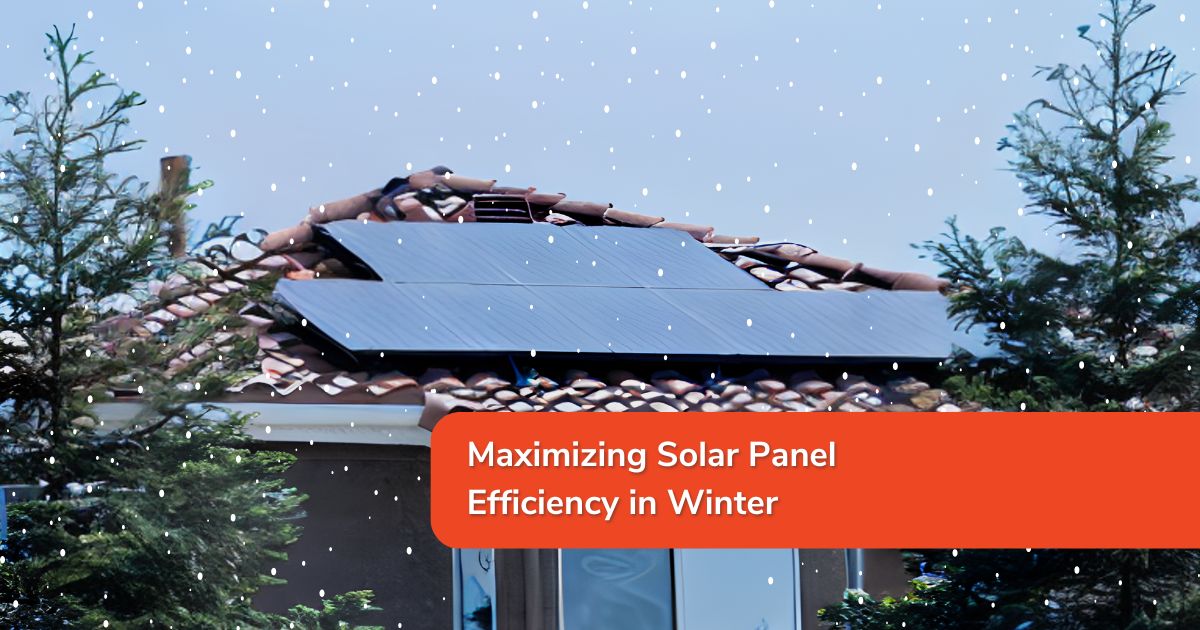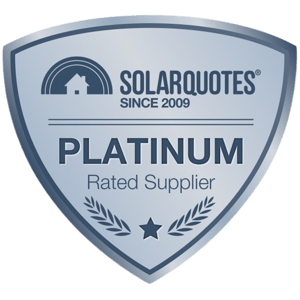Maximizing Solar Panel Efficiency in Winter

For many of us, solar technology conjures images of sun-soaked arrays, harvesting rays during the long, hot days of summer. But what about winter? As the mercury drops and clouds loom, solar panels face their greatest challenge, yet perhaps the most important question for homeowners becomes: How can we optimize our solar performance when we need it most? It’s a vital consideration for those who've taken the leap into green energy and a valuable opportunity for those contemplating the shift. In this comprehensive guide, we will explore actionable strategies to keep your solar panels churning out energy even in the darkest, coldest days of the year.
Understanding the Seasonal Solar Slump
The cold reality of winter is that sunshine hours dwindle just as energy consumption peaks. The implications for solar panel performance are significant. Winter weather, particularly in non-equatorial climates, often means fewer daylight hours, lower solar intensities, and increased cloud cover — a triple threat to your photovoltaic (PV) system's productivity. Not only does it limit the total energy influx, but it can also cause issues with energy production and system maintenance. Consequently, well-devised winter strategies are instrumental for maintaining, and even improving, solar efficacy.
Seasonal Optimization: Preparation is Key
Assess Your Energy Needs
Begin by conducting an energy audit. Understand the seasonal variances in your energy consumption patterns. Heating, for example, is a major energy draw in winter. This knowledge will inform not only how much energy your system needs to produce but also when you need it most.
The Snow Offense
Winter months often mean snow, and snow means an interruption of your solar harvest. Regular removal can be necessary but warrants caution. Manual clearing with a soft brush, for example, is an effective and safe technique, while harsh methods can lead to damage. Technology can also come to your aid with snow-removal systems designed to melt or slide snow off panels automatically.
Check and Clean Your Panels
A solar panel is only as good as its clarity. In winter, dirt and, of course, snow can accumulate on panels and reduce their efficiency. Regular cleaning, tailored to your environment, will ensure your panels are operating at peak performance. The approach might be as simple as hosing them down, or as comprehensive as investing in automated cleaning solutions.
Strategic Investment: Enhancing Winter Performance
Opt For Cold-Weather-Ready Systems
When installing new panels, choosing those designed for colder climates ensures a system that's optimized to operate in lower temperatures. Technologies like cold-weather coatings on glass or optimizers that mitigate temperature effects can significantly improve winter performance.
Power Optimizers and Microinverters
Devices like power optimizers or microinverters can help if your system is partially shaded or experiences uneven light conditions in winter. By maximizing the power point tracking of each panel individually, these technologies can enhance your system's overall productivity.
Battery Backup Systems
Batteries aren't just for Off-Grid aficionados anymore. A battery backup system, like a Tesla Powerwall or SolarEdge Home Battery, can store surplus energy for when the sun isn't shining. In winter, this can prove to be your most essential tool, ensuring a steady energy supply during extended lulls in daylight.
Monitoring and Maintenance: The Hands-On Approach
Regular Inspections
Schedule regular check-ups for your system. This includes inspecting electronics, cleaning panels and ensuring all connections are secure. Winter conditions can exacerbate any pre-existing issues and proactive maintenance can prevent small problems from snowballing into substantial downtimes.
Software and Smart Solutions
Leverage the power of smart technology. Many systems offer monitoring software or even AI-driven solutions that can predict, identify, and address performance issues before they affect your daily output. Embracing these tools empowers you with the knowledge and control necessary to keep your system running smoothly year-round.
Solar Panel Tilt and Orientation
The orientation and tilt of your panels dictate how effectively they capture sunlight. While summer-optimised configurations may be tilted for maximum sun during equinoxes, tweaking their angle slightly in winter can increase performance during low-level, direct light conditions.
The Human Factor: Educating and Energizing Homeowners
Community Solar Initiatives
Engage with community solar initiatives or local power projects that allow you to pool resources for energy storage or alternative sources. Not only does this collaborative approach amplify your winter energy options, but it fosters a sense of shared responsibility and achievement in the green energy movement.
Educational Outreach
Smart Energy Answers is more than just a solar provider; it's a partner in your renewable energy journey. By continually promoting and providing resources for users, you can ensure that your customers are equipped with the latest knowledge and practices to optimize their solar systems.
Promoting a Holistic Approach
Remind homeowners that their solar panels are just one part of an interconnected energy ecosystem. Proper insulation, energy-efficient appliances, and conscious energy habits all play vital roles in a comprehensive energy strategy, particularly during the challenges of winter.
Conclusion: Shining through the Winter Blues
Optimizing your solar panel performance in winter is about more than just squeezing kilowatts from the sky on dark days — it’s a testament to the adaptability and resilience of renewable energy. By implementing the strategies outlined above, you can weather any winter storm, secure in the knowledge that your solar system is operating at its very best. The cold months may pose a stark contrast to the summer glow, but with the right approach, you can ensure your solar investment continues to pay dividends all year long.
%20(1).png?width=265&height=96&name=www.smartenergyanswers.com.auhs-fshubfsSmart%20Energy%20Answers%20Logo%20(HIRES)%20(1).png)

.png?width=514&height=121&name=Tesla%20Powerwall%203%20(new).png)







